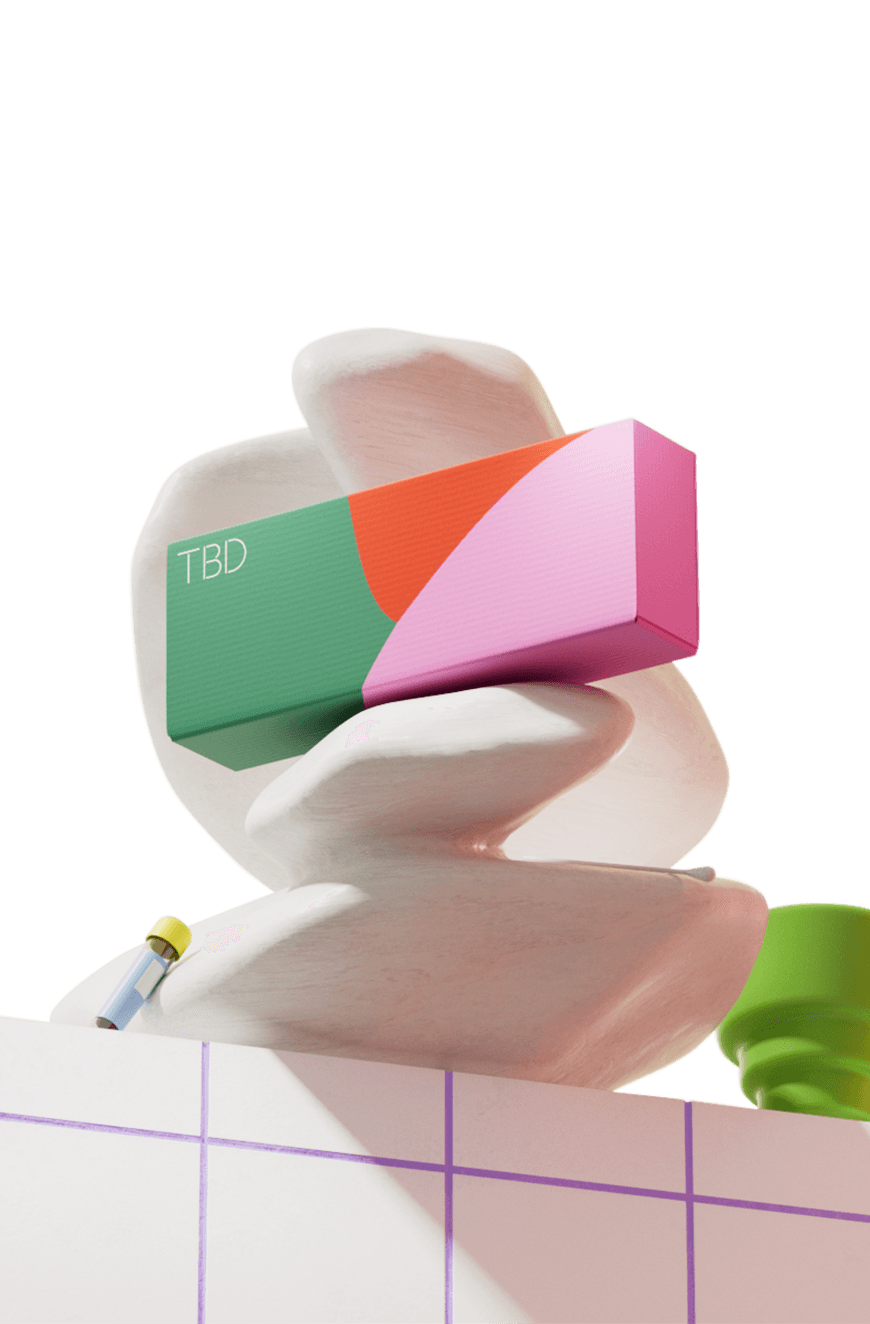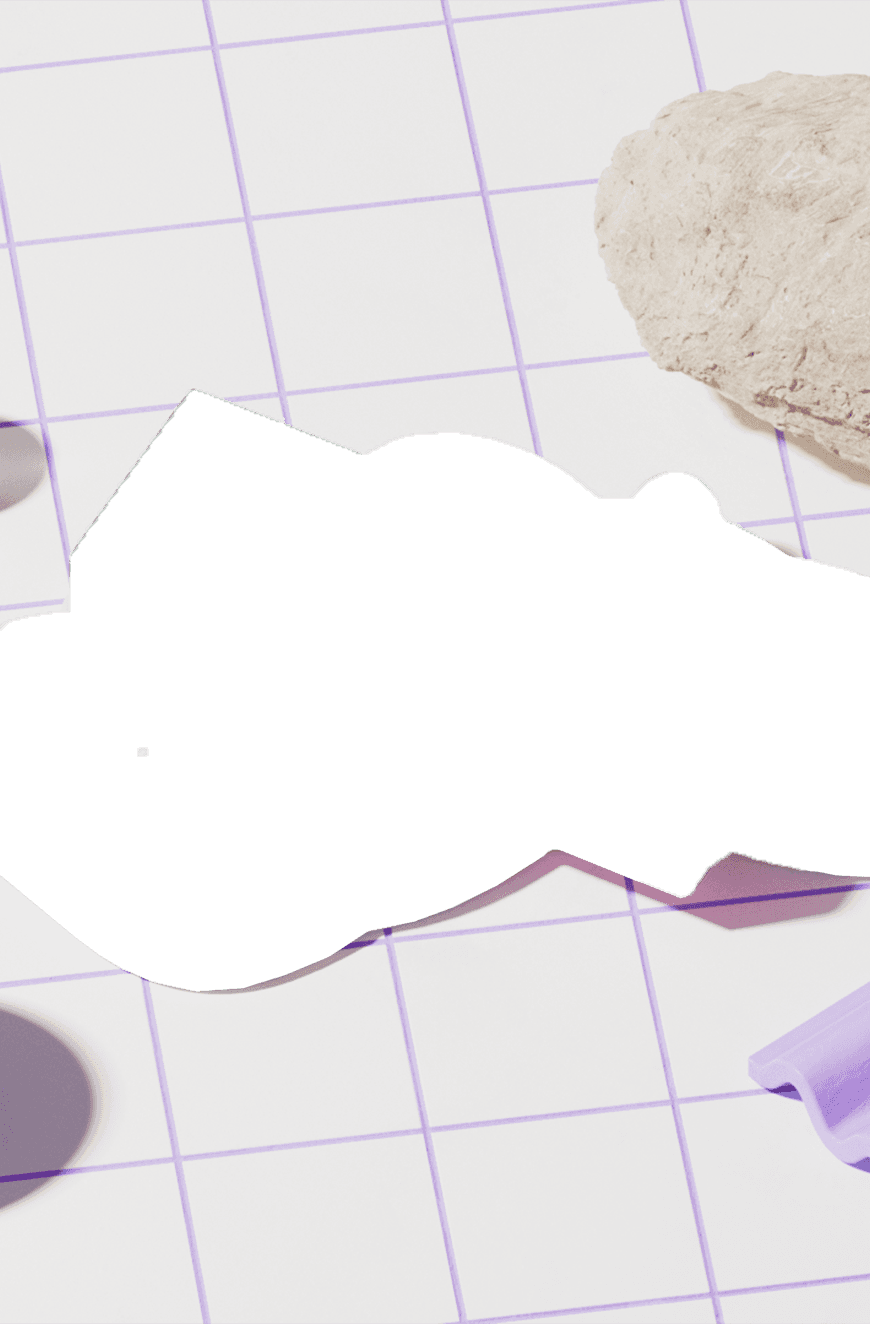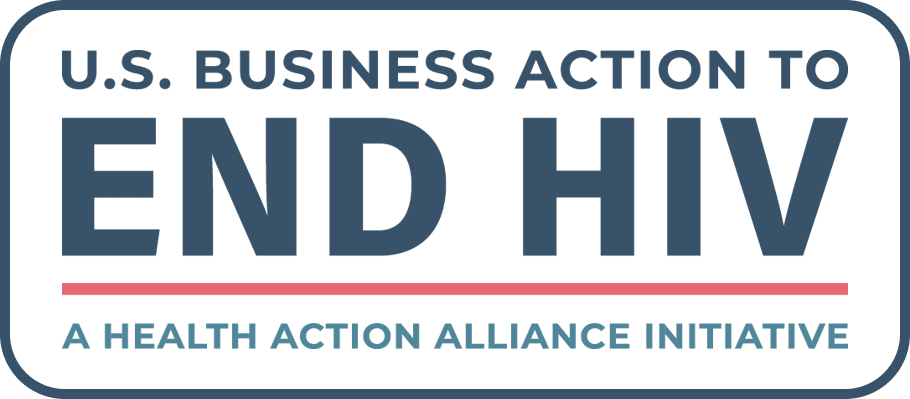
| TBD Panels | 3-Panel STD Test | 9-Panel STD Test | 5-Panel STD Test | 3 Site: Oral, Rectal, Genital |
|---|---|---|---|---|
| Chlamydia |  |  |  |  |
| Gonorrhea |  |  |  |  |
| Trichomoniasis |  |  |  | |
| HIV (Ag/Ab) |  |  | ||
| Syphilis |  |  | ||
| Hepatitis B & C |  | |||
| HSV I |  | |||
| HSV II |  |
- 8 E Charleston Blvd
- Las Vegas, NV 89104
- Tues and Fri
- 10 AM – 2PM
- Contact us:
- +1 (702) 909-0554
- hello@tbd.health

| TBD Panels | 3-Panel STD Test | 9-Panel STD Test | 5-Panel STD Test | 3 Site: Oral, Rectal, Genital |
|---|---|---|---|---|
| Chlamydia |  |  |  |  |
| Gonorrhea |  |  |  |  |
| Trichomoniasis |  |  |  | |
| HIV (Ag/Ab) |  |  | ||
| Syphilis |  |  | ||
| Hepatitis B & C |  | |||
| HSV I |  | |||
| HSV II |  |

by Sarah McElroy, NP
There’s been a lot of talk about self-love and self-pleasure, which are both important parts of our sexual well-being; but why don’t we talk about breast health and awareness?
Breasts come in different shapes, sizes, and even densities. No two breasts are exactly the same - even in the same person! They even change with your menstrual cycle, or with your age or stage of life.
While we are not suggesting that you need to perform a formal breast exam (that’s what medical providers are for!), we do think that it’s good to be aware of what your breasts are like and to know what your normal is.
If you’re aware of what your normal breasts are like, this can help you recognize when something has changed. This can be an important part of early detection of disease, such as cancer.
Each year there are over 300,000 people in the U.S. who are diagnosed with breast cancer. Early detection improves outcomes for any disease state. Cancer especially has high rates of survival and remission with earlier diagnoses and treatment. It’s important for people to bring up changes with their healthcare providers and to receive appropriate screening, like mammograms, when needed. This information isn’t just for women. While it’s more rare, men can get breast cancer too.
Remember - breast awareness is just one tool we have for finding cancerous or pre-cancerous changes in the breast. Another powerful tool that we have is imaging, such as mammograms. Even if you don’t have changes in your breasts, it’s worth asking your provider about whether it’s time to start screening. For those who are nearing age 40 and/or who have a history of breast cancer in the family, ask about whether screening with mammograms is right for you.
Doing a home breast exam is about getting to know your body. Try it once a year or even quarterly. Ask a partner to help you out if you’d like. Get to know what’s normal for you and bring up any concerns you have with your healthcare providers.
Step 1: Grab a Mirror & Check Yourself Out
To start, stand topless in front of a mirror. For a second, just observe yourself and get to know what your breasts look like- the color, size, shape of your breasts, nipples and areola. Not every breast set is an identical pair so get acclimated with yours. Start with your hands on your hips, then put your hands above your head, looking from all angles so you know what your baseline normal is. Observation is key, and changes can be slight so knowing your breasts from all vantage points is important.
Step 2: Examine Yourself While Laying Down
The second step to performing a self-breast exam is laying down in bed. While on your back, start with one breast and put that same arm behind your head. Take your opposite hand and start gently touching your breast with the tip of 2 of your fingers. Take these two fingers and massage in a circle around the breasts. You can use varying amounts of pressure to feel into the deeper layers of tissue. With this some people suggest starting in a circle, others recommend going up and down. As long as you’re feeling the entirety of the breast, the technique isn’t too important. Be sure you’re repeating the same technique on the other breast, but don’t stop at just the breast tissue. Also remember that your breasts’ lymph system extends up into your arm pit, so be sure you’re extending your exam up from your breast to the area that connects your armpit and breast and into your arm pit. You’re looking for any type of lump, tenderness or change.
Step 3: Examine Yourself While Standing
Thirdly, examine your breasts with touch while standing. Most providers encourage this in the shower because the skin is soft and easy to work with. With your arm overhead, examine each breast and armpit area with the opposite hand, utilizing the same two finger and circular motion technique to look for changes, lumps and tenderness.
What type of changes you’re looking for
The key thing to look for is changes from your normal. The type of change you’re looking for is if your breasts are a little uneven. You should pay attention to any type of new skin dimpling, redness or bulging of the skin that’s different from normal. Changes in your nipples, such as one starting to become inverted or changes in color/shape can be another red flag. (Remember that some people are born with inverted nipples and that’s completely normal!) Discharge from the nipple if you’re not breastfeeding can also be a sign of something wrong. Redness and tenderness not associated with a lump can also be concerning for changes to your breast. These changes mean it’s time to get seen by a provider. You can reach out to your primary care provider or gynecologist for an evaluation.
TBD Recommends: 30 Minute Telemedicine Consult
It’s important to remember that not every change in the breast is cancer. Breasts change with time and age, with pregnancy or after breastfeeding, and even monthly with your cycles. Sometimes you can have a little cyst (fluid-filled pocket) that is painful, but generally benign (non-cancerous). Sometimes you get swelling in your armpit that actually is some lymph node inflammation following an immunization. Sometimes you can have an infection of the breast tissue due to a clogged milk duct. There are a number of changes that are normal and our job as medical providers is to help you figure it out.
What To Tell Your Medical Provider
Breast changes can be scary, and googling your symptoms is quite terrifying. Set up a visit with your health care provider as soon as you notice breast changes. Tell your provider you were doing an at home breast exam and noticed a change, providing them with what your normal is, where you saw the change and how long ago you noticed it. They’ll perform a breast exam on you and possibly ask for your direction as to where you felt the change.
From here, evaluations differ based on the findings and concerns. They should take into account your symptoms, their exam, and your risk factors such as family history. Sometimes they may choose to monitor the symptoms and sometimes they may recommend further imaging or evaluation. If you feel like your provider isn’t taking your concern seriously, please ask them why and to document that they do not feel it is necessary during that time. If they’re not able to give you a valid reason for dismissing your concerns, get a second opinion. With all cancers the earlier it is caught the better the outcome.
Happy feeling yourself up!
Resources to Check Out
https://www.breastcancer.org/symptoms/testing/types/self_exam
Edited by Adrienne Ton, NP
This article provides information about sexual health, healthcare and/or related subjects. The blog content and any linked materials herein are not intended to be, and should not be construed as a substitute for, medical or healthcare advice, diagnosis or treatment. Any reader or person with a medical concern should consult with an appropriately-licensed physician or other healthcare provider. This blog is provided purely for informational purposes. The views expressed herein are not sponsored by and do not represent the opinions of TBD HEALTH INC.
Email us and a team member will get back to you within 24 hours. We’re also available via call or text at +1 (702) 909-0554
Sign up below to get 10% off
By providing my email address, I agree to receive email with marketing communications from TBD Health including news, promotions and exclusive offers. I understand that I can opt out at any time by using unsubscribe links. Visit our Terms of Service or Privacy Policy for more information.








